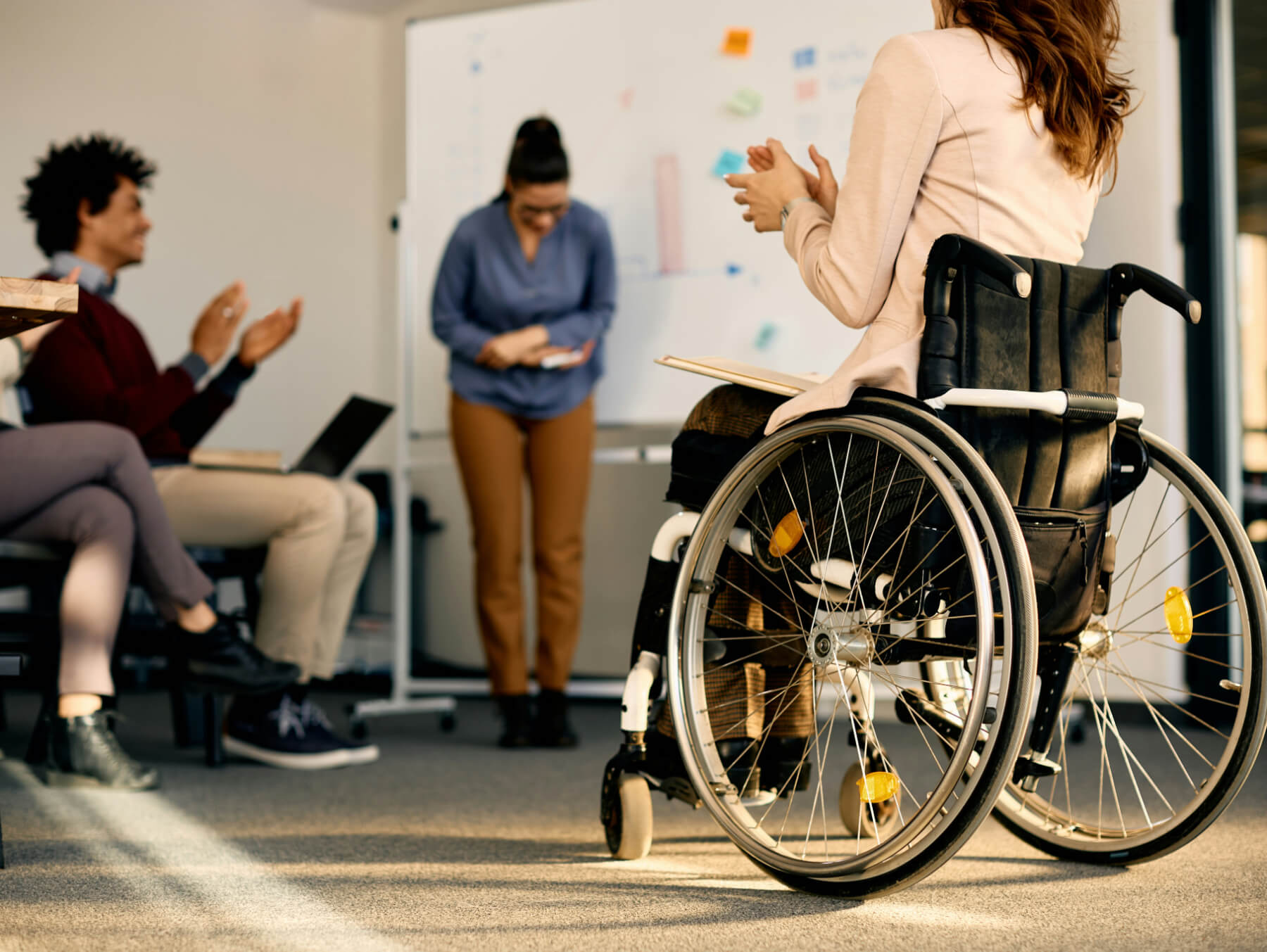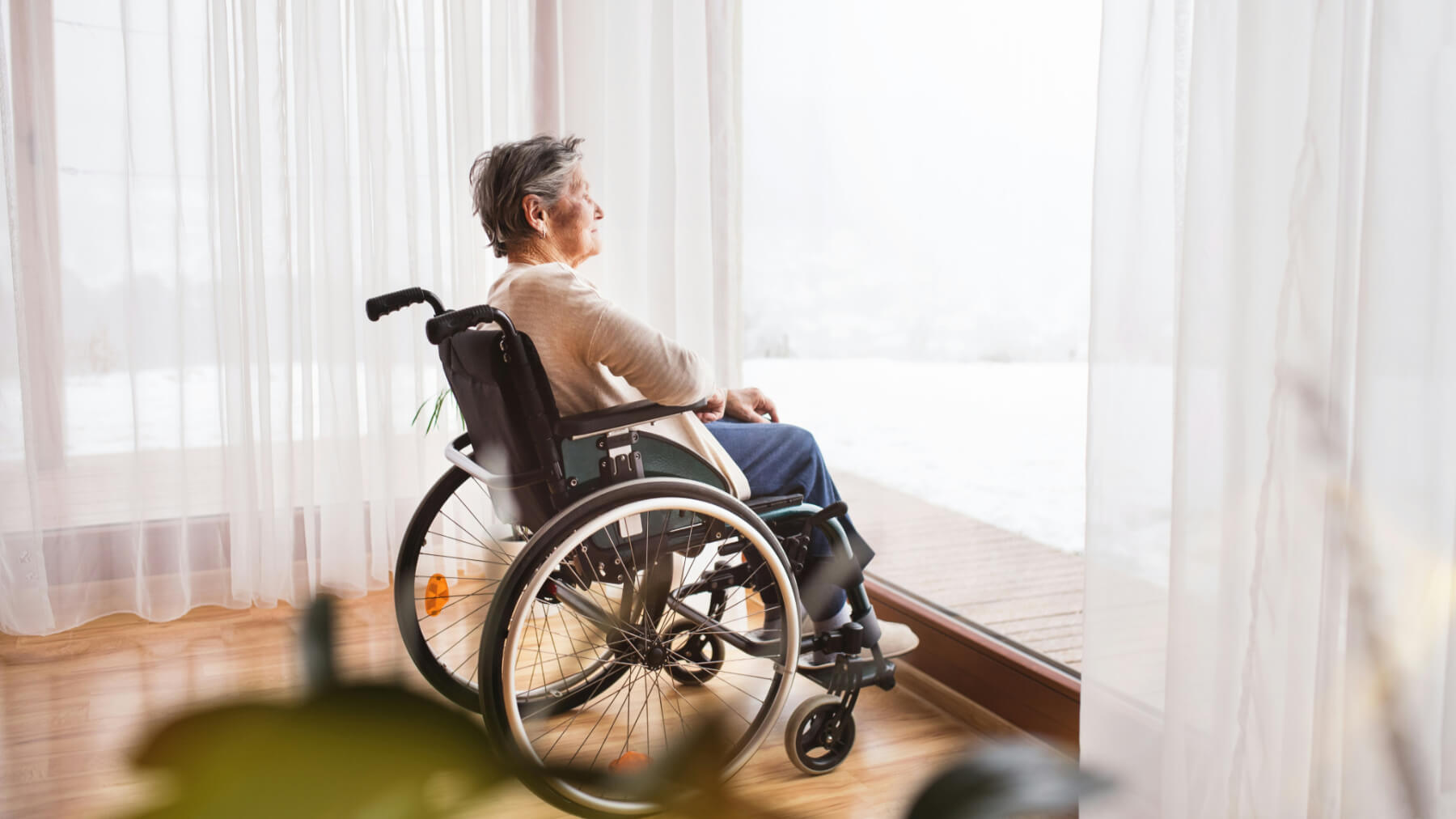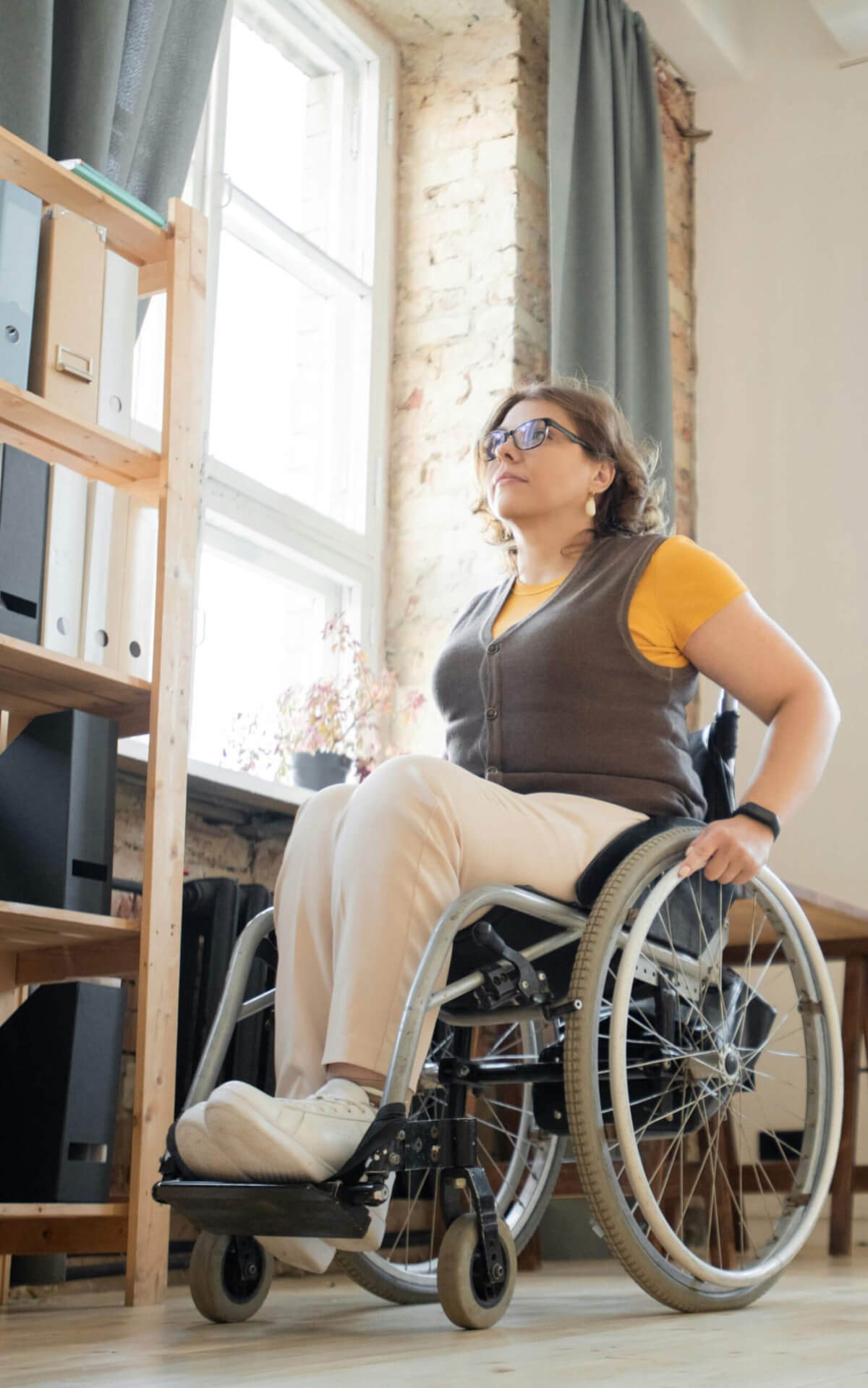Financing Your Wheelchair Ramp: A Comprehensive Guide
Wheelchair ramps are rarely covered by insurance, but there are various financial resources available through state, federal, and private programs to help you cover some or all of the cost. Here are a few places to start in finding funding for your wheelchair ramp:

1. Check Government Programs
Local and State Grants
Many states offer grants or financial assistance for home modifications. Visit your state’s Department of Health or Department of Rehabilitation Services to explore available options.
Federal Programs
- Medicaid: These are federally funded state-managed programs that have eligibility requirements that do fund ramps and other accessibility equipment if you meet those requirements. Check your state’s official website for more specific information about Medicaid programs.
- Medicare and traditional health insurance: Most traditional health insurance plans and Medicare don’t typically cover ramps or other products we offer, but you should check with your insurer asking if your plan covers DME, using HCPCS Code E1399.
- Veterans Affairs (VA): Veterans may qualify for financial assistance for accessibility modifications. Explore options like:
- Home Improvement and Structural Alterations (HISA) Grant
- Specially Adapted Housing (SAH) Grant
- Special Home Adoption (SHA) Grant
These Veteran’s programs allow disabled veterans to modify their homes for improved accessibility.
2. Non-Profit Organizations
Many nonprofit organizations focus on disability assistance and can help with the cost of a wheelchair ramp. Some options include:
- AmrampCARES: Provides programs that offer free ramps to eligible individuals. Eligibility is determined by income and household size, with recipients living at or near the poverty line.
- Rebuilding Together: Helps with home modifications and safety improvements for veterans and other individuals in need.
- AccessABILITY Experience: Offers grants and volunteer support for low-income families to help them obtain wheelchair ramps.


3. Home Improvement Loans
If grants or assistance programs aren’t available, consider financing options:
- Personal Loans: Apply for a personal loan through a bank or credit union, ensuring you compare interest rates and terms. Speak with your local Amramp to see if they partner with any financial institutions to offer financing.
- Home Equity Loan: If you own your home, a home equity loan may provide the necessary funds for modifications.
4. Insurance Coverage
Health Insurance
If you have purchased an extended coverage policy, check your health insurance policy to see if it covers durable medical equipment, including wheelchair ramps. Contact your insurance provider for specific details.


5. Tax Deductions
Medical Expense Deduction
In some instances, the cost of a wheelchair ramp may be deductible as a medical expense on your taxes. Consult with a tax professional to determine your eligibility.
6. Assistance for Veterans
In addition to traditional VA benefits, consider:
- TRICARE for Life: This can supplement Medicare Part B, covering co-payments after Medicare agrees to pay for the ramp.
- Veteran-Directed Home and Community Based Services Program (VD-HCBS): Provides assistance for veterans who require nursing home-level care but wish to remain in their own homes.


7. Additional Resources
Local Charities and Nonprofits
Many local charities focus on disability assistance. Research organizations in your area that may provide financial support or grants.
National Directories
- National Directory of Home Modification Repair Resources: A comprehensive directory published by the University of Southern California that helps locate programs and resources in your area.
- Centers for Independent Living: Local centers can provide guidance and support for individuals with disabilities.
- Area Agencies on Aging: Local programs that help older adults remain in their homes with support from services like meal delivery, home cleaning, and more.
Other Funding Options
- Eldercare Loans: Some financial institutions offer eldercare loans, which can help those awaiting benefits.
- Reverse Mortgages: This option may be available for older adults needing extra funds for home modifications.
Conclusion
Finding financial assistance for a wheelchair ramp can seem overwhelming, but many resources are available to help. Start by exploring government programs, nonprofit organizations, and potential loan options. With determination and the right guidance, you can secure the funding needed for your accessibility modifications.
Whatever way you purchase your Amramp, know you're purchasing a durable solution for any accessibility needs. Our ramps can usually be installed within 1-2 days.
Reach out to Amramp for personalized advice and to explore your options today.
